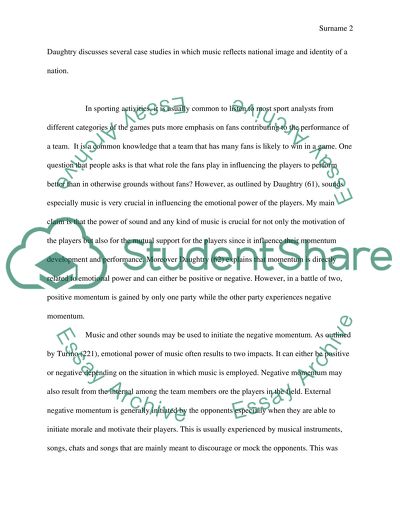Cite this document
(“The analysis of the academic texts by Adler and Marvin, Turino and Essay”, n.d.)
Retrieved from https://studentshare.org/education/1416838-the-analysis-of-the-academic-texts-by-adler-and-marvin-turino-and-daughtry
Retrieved from https://studentshare.org/education/1416838-the-analysis-of-the-academic-texts-by-adler-and-marvin-turino-and-daughtry
(The Analysis of the Academic Texts by Adler and Marvin, Turino and Essay)
https://studentshare.org/education/1416838-the-analysis-of-the-academic-texts-by-adler-and-marvin-turino-and-daughtry.
https://studentshare.org/education/1416838-the-analysis-of-the-academic-texts-by-adler-and-marvin-turino-and-daughtry.
“The Analysis of the Academic Texts by Adler and Marvin, Turino and Essay”, n.d. https://studentshare.org/education/1416838-the-analysis-of-the-academic-texts-by-adler-and-marvin-turino-and-daughtry.


